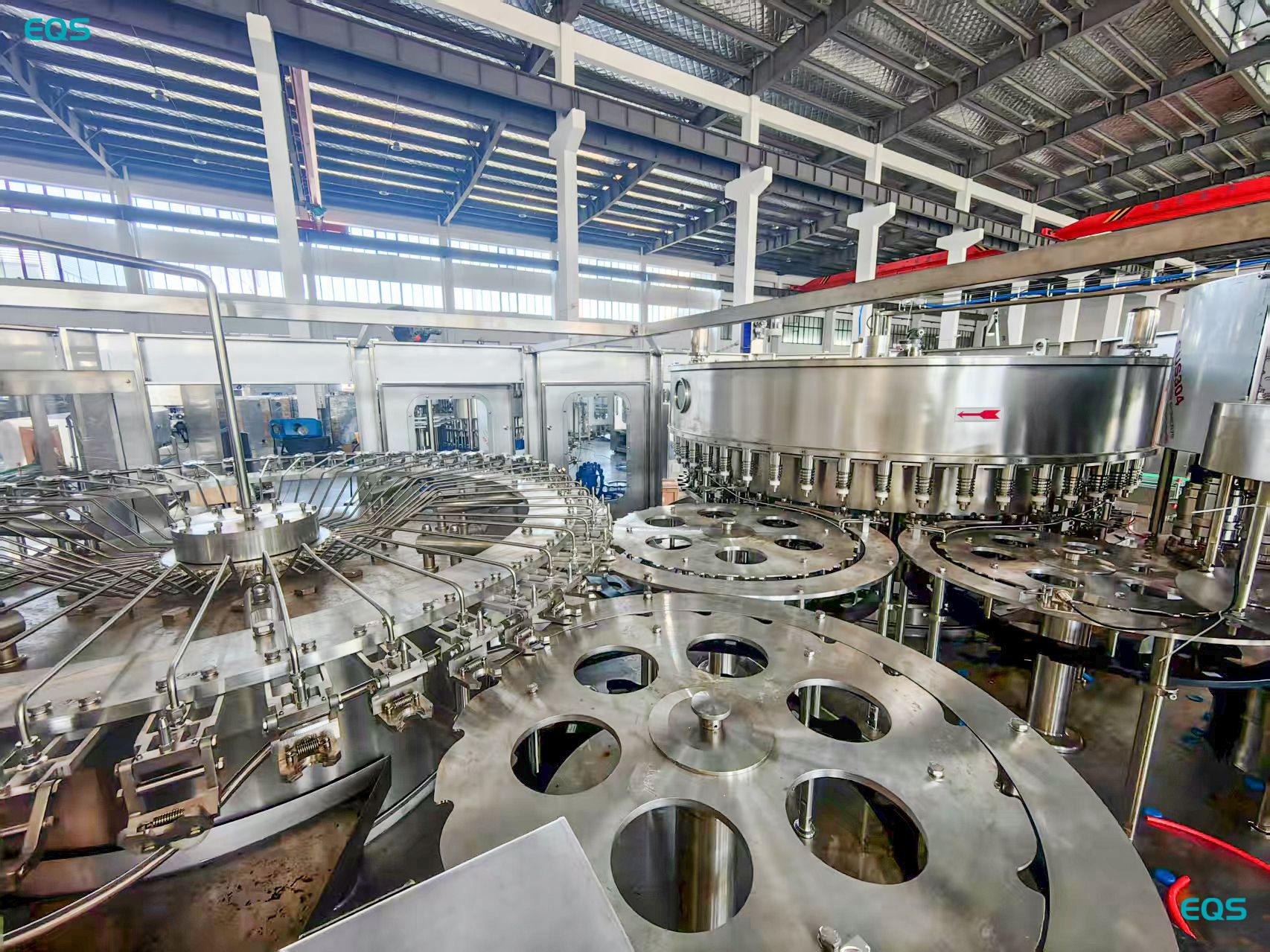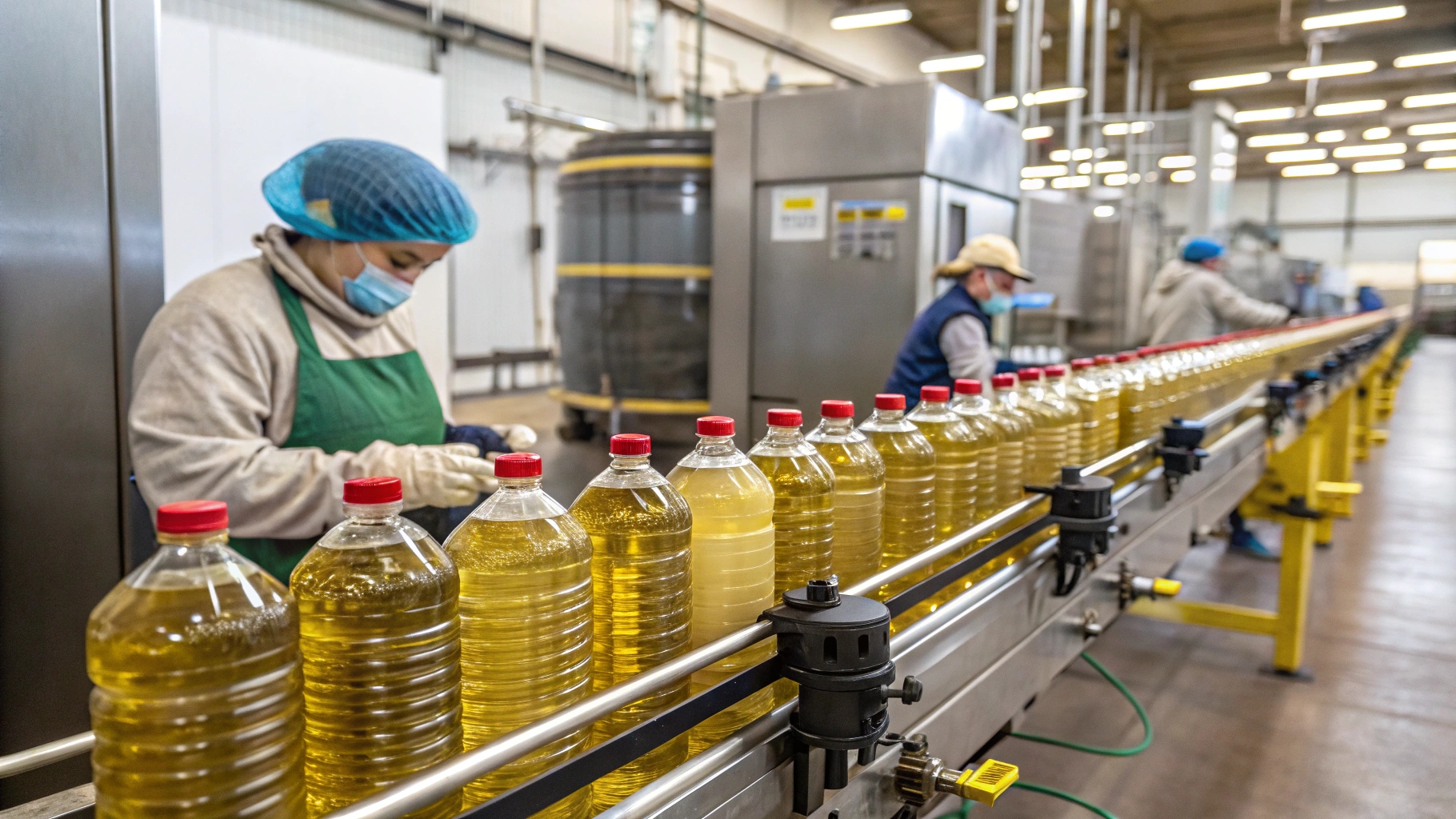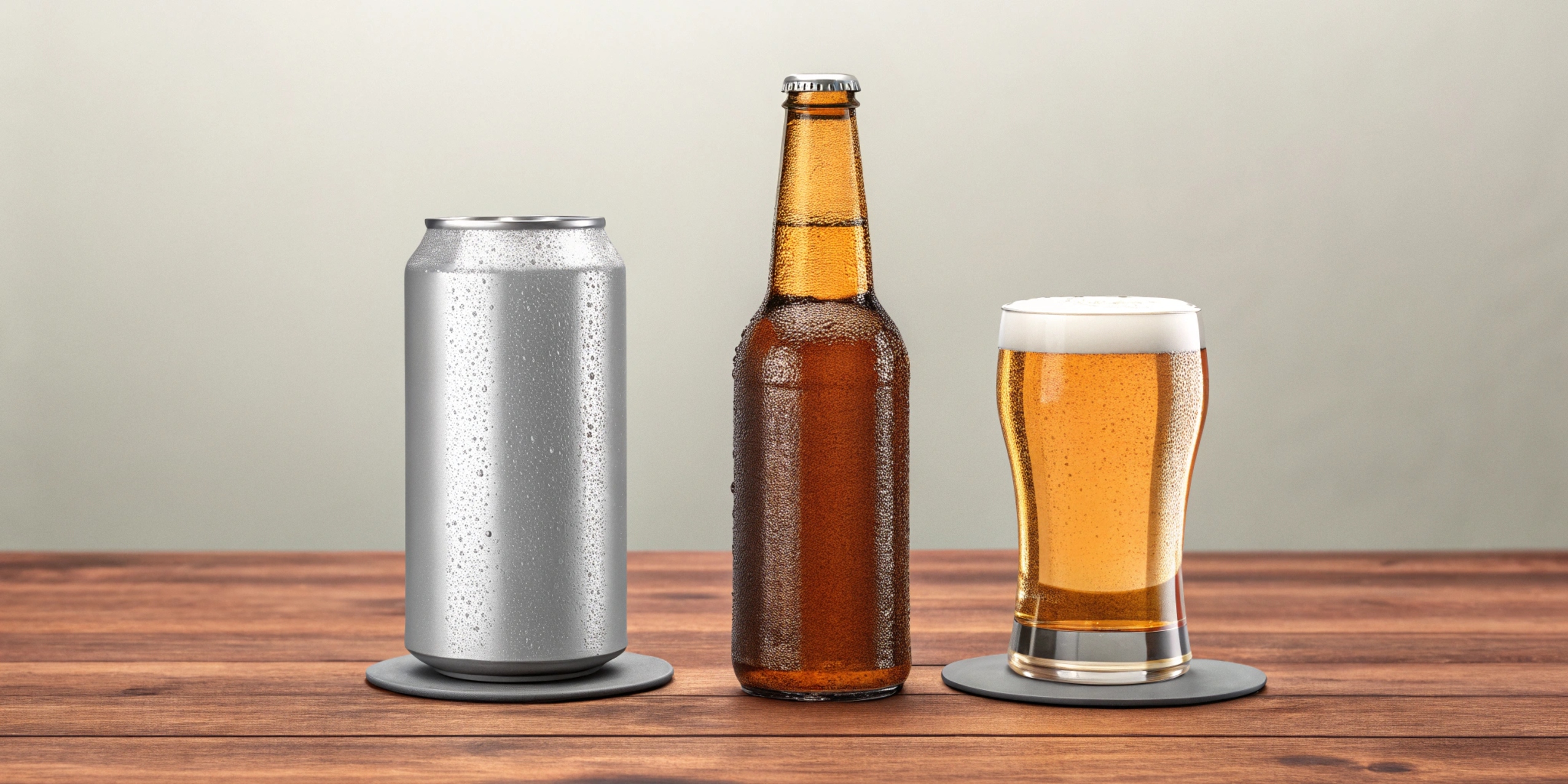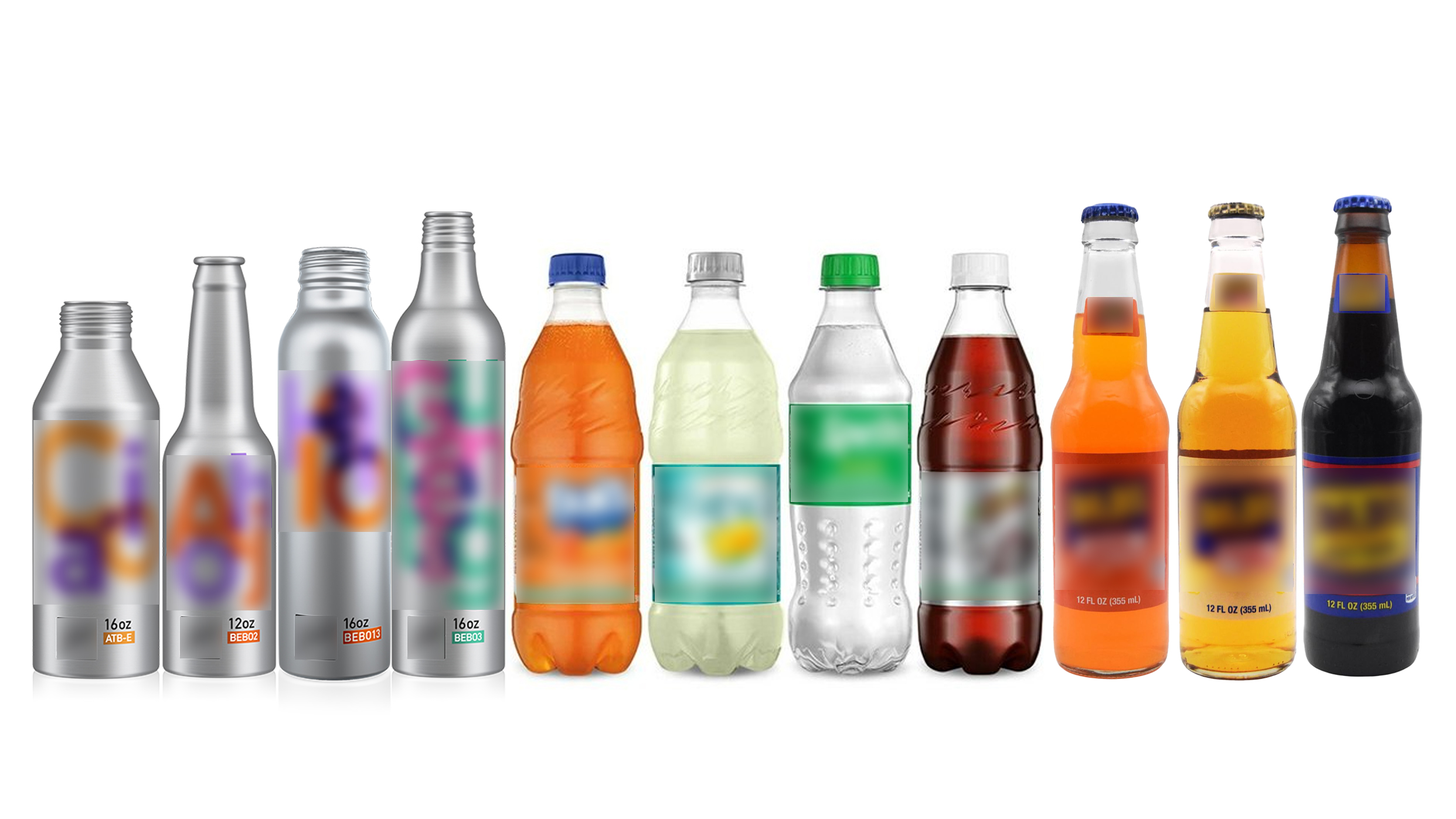Why Don't Soda Makers Use Glass Bottles More Often?
leading paragraph:
Ever notice fewer glass bottles of soda on store shelves? There's a reason behind this shift!
snippet paragraph:
Soda makers primarily use plastic bottles and aluminum cans instead of glass bottles due to cost, weight, and breakage concerns. While glass offers better taste and recyclability, its higher production cost, heavier weight (increasing transportation costs), and fragility make it less practical for large-scale soda production and distribution.

Transition Paragraph:
Let's examine the specific reasons why soda companies have moved away from glass bottles.
Why Did Soda Companies Stop Using Glass Bottles?
leading paragraph:
What caused the decline of the classic glass soda bottle?
snippet paragraph:
Soda companies moved away from glass due to: 1) High manufacturing costs 2) Increased weight affecting shipping costs 3) Breakage during transport and handling 4) The rise of lighter, cheaper plastic alternatives.
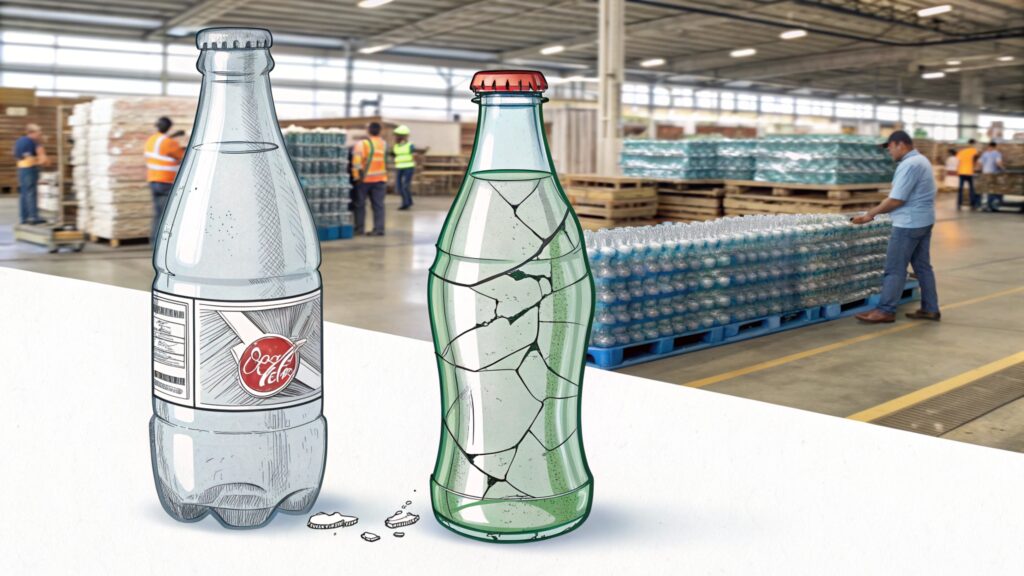
Reasons for the Shift
- High Manufacturing Costs: Glass production is more energy-intensive and expensive.
- Increased Weight: Heavier bottles increase fuel consumption during transportation.
- Breakage Issues: Fragile glass leads to product loss and potential safety hazards.
- Plastic Alternatives: PET plastic offers a lightweight, durable, and cost-effective option.
- Distribution Challenges: Glass requires sturdier packaging and careful handling.
Dive deeper Paragraph:
The shift away from glass bottles wasn't a sudden decision but a gradual evolution driven by economic and logistical factors. Glass manufacturing is a complex process that requires high temperatures and specialized equipment, making it more expensive than producing plastic bottles. The weight of glass also adds significantly to transportation costs, as heavier loads require more fuel. Breakage was a constant concern, leading to product loss and potential injuries for workers handling the bottles. With the advent of PET plastic, soda companies found a lighter, more durable, and cheaper alternative that could withstand the rigors of modern distribution.
Why Don't Companies Use Glass Bottles Anymore?
leading paragraph:
Why isn't glass making a comeback in the soda industry?
snippet paragraph:
While some smaller soda companies and craft breweries still use glass, major corporations avoid it for: 1) Cost efficiency 2) Supply chain simplicity 3) Consumer preference for lightweight packaging.
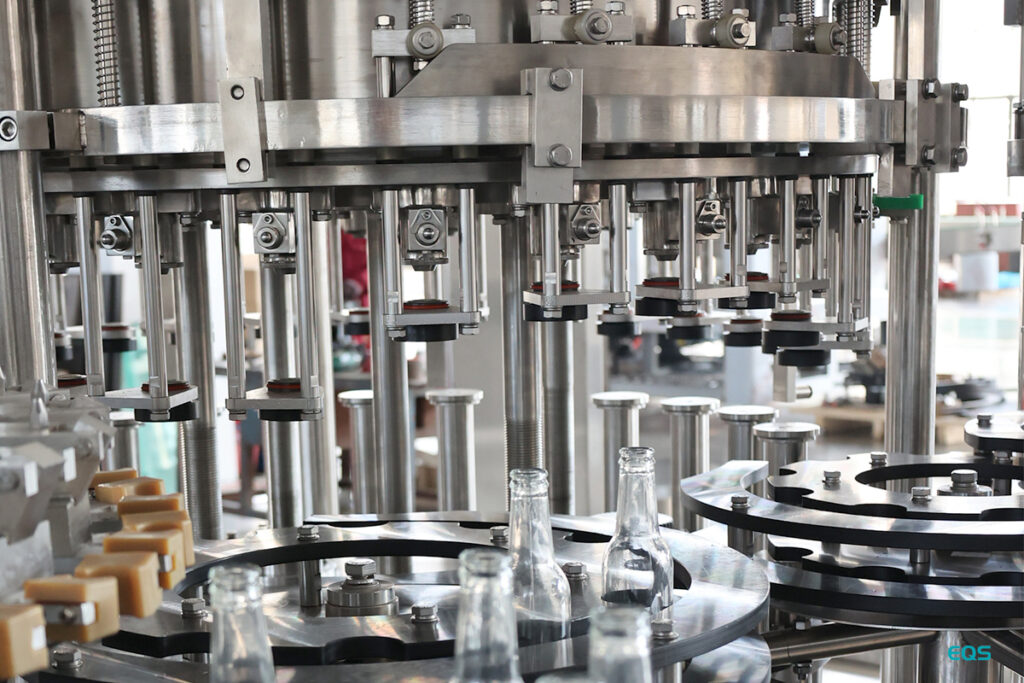
Reasons for Limited Glass Use
- Cost Efficiency: Plastic and aluminum are more cost-effective for large-scale production.
- Supply Chain Simplicity: Streamlined production and distribution with fewer packaging types.
- Consumer Preference: Many consumers prefer the convenience of lightweight plastic bottles.
- Marketing Trends: Plastic allows for more creative and eye-catching designs.
- Recycling Infrastructure: While glass is recyclable, plastic recycling is more widespread.
Dive deeper Paragraph:
While there's a growing awareness of the environmental benefits of glass, the soda industry is still largely driven by cost and convenience. Plastic and aluminum offer significant cost advantages for large-scale production, allowing companies to maximize profits. Streamlining the supply chain with fewer packaging types simplifies logistics and reduces complexity. And while some consumers appreciate the nostalgia and perceived quality of glass, many others prefer the lightweight and portability of plastic bottles. Plastic also offers greater flexibility in terms of design and branding, allowing companies to create more eye-catching and appealing packaging. Although glass is easily recyclable, the current plastic recycling infrastructure is more widespread, making it easier for consumers to dispose of plastic bottles responsibly.
Why Do Soda Companies Use Plastic Bottles?
leading paragraph:
What makes plastic so appealing to soda companies?
snippet paragraph:
Soda companies favor plastic bottles because of: 1) Low cost of production 2) Lightweight for easy transportation 3) Durability reduces breakage 4) Design flexibility for branding and marketing.
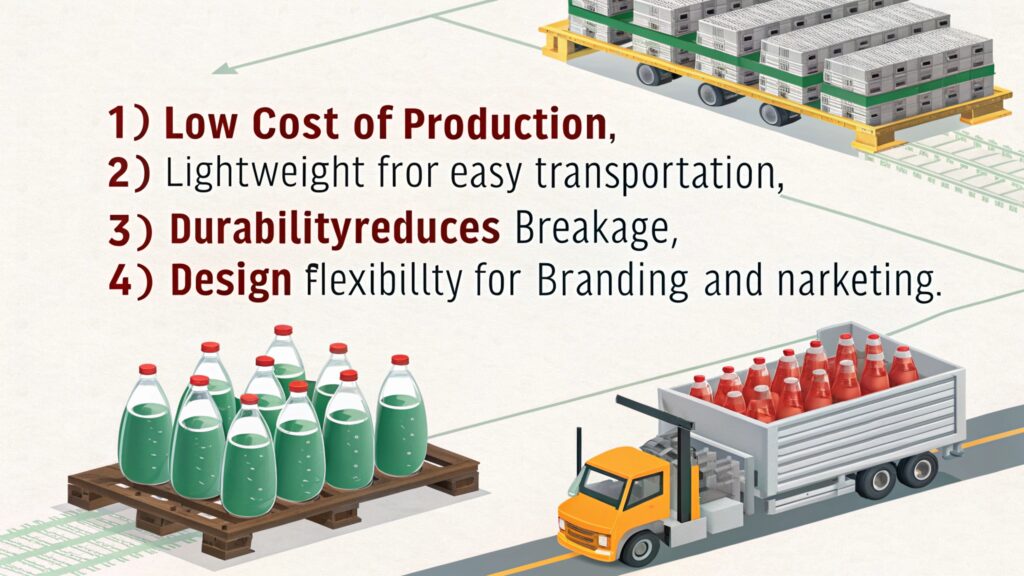
Advantages of Plastic Bottles
- Low Cost: Plastic production is cheaper than glass or aluminum.
- Lightweight: Reduces transportation costs and is easier for consumers to carry.
- Durability: Less prone to breakage during handling and shipping.
- Design Flexibility: Allows for a wide range of shapes, sizes, and designs.
- Marketing Appeal: Easier to print labels and create visually appealing packaging.
Dive deeper Paragraph:
Plastic bottles offer a compelling combination of cost-effectiveness, convenience, and marketing appeal that makes them the preferred choice for most soda companies. The low cost of plastic production allows companies to maximize their profit margins. The lightweight nature of plastic reduces transportation costs and makes it easier for consumers to carry their beverages. The durability of plastic minimizes breakage during handling and shipping, reducing product loss. Plastic also offers greater flexibility in terms of design, allowing companies to create unique and eye-catching packaging that stands out on store shelves. This combination of factors has made plastic the dominant packaging material in the soda industry.
What are the Disadvantages of Glass Bottles?
leading paragraph:
Are there any downsides to using glass for soda packaging?
snippet paragraph:
Disadvantages of glass bottles include: 1) Higher production costs 2) Greater weight increases transportation costs 3) Susceptibility to breakage poses safety risks 4) Requires more robust packaging for transport.
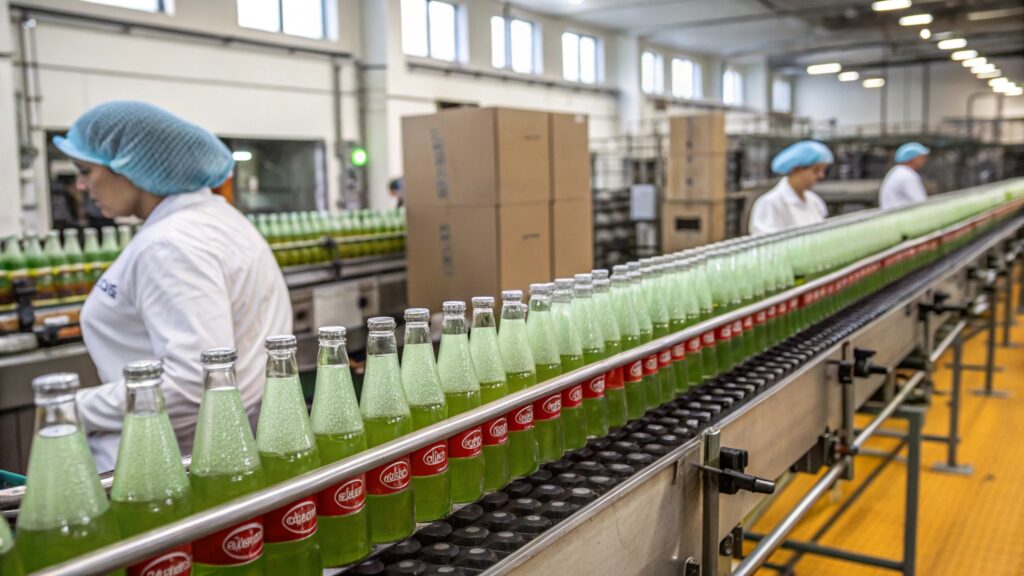
Drawbacks of Glass
- Higher Costs: More expensive to manufacture than plastic or aluminum.
- Increased Weight: Adds to transportation expenses and consumer inconvenience.
- Breakage Risk: Can lead to product loss, injuries, and cleanup costs.
- Packaging Requirements: Requires sturdier packaging to prevent damage during transport.
- Energy Consumption: Glass production is more energy-intensive than plastic.
Dive deeper Paragraph:
Despite the nostalgia and perceived quality associated with glass bottles, they have several drawbacks that make them less appealing for large-scale soda production. The higher production costs translate to higher prices for consumers. The increased weight adds to transportation expenses and can be inconvenient for consumers to carry. The risk of breakage poses safety hazards and can lead to product loss and cleanup costs. Glass bottles also require more robust packaging to prevent damage during transport, adding to the overall cost. Finally, glass production is more energy-intensive than plastic production, contributing to a larger carbon footprint.
Conclusion
While glass bottles offer certain advantages like taste preservation and recyclability, the soda industry largely favors plastic and aluminum due to their lower cost, lighter weight, and reduced breakage, making them more practical for large-scale production and distribution.
My name is Allen, and I'm an expert in filling machine technology at EQS (eqsfilling.com), a leading liquid packaging solution provider based in China. If you're looking for top-quality filling machines for your production line, feel free to reach out to me at [email protected]. We specialize in providing customizable solutions with cutting-edge technology.


